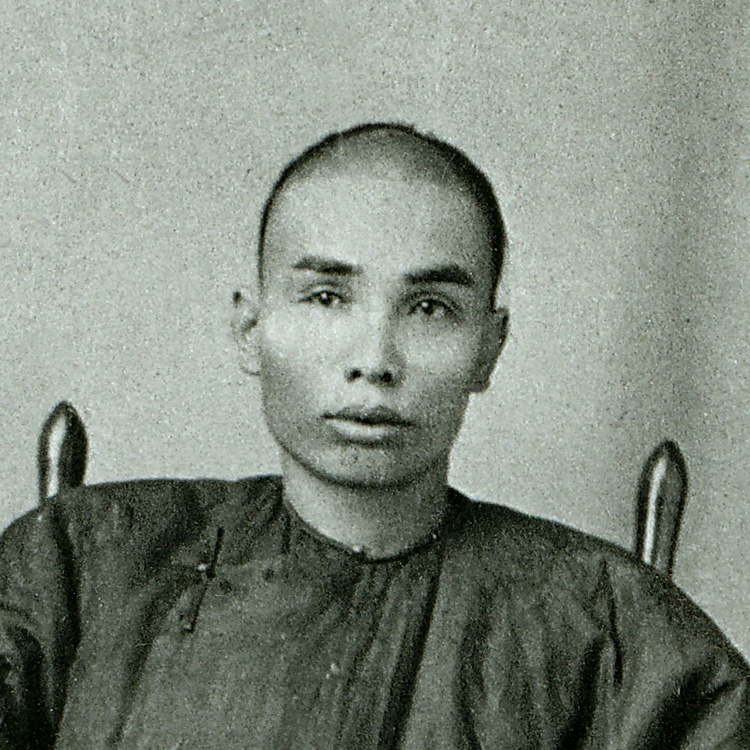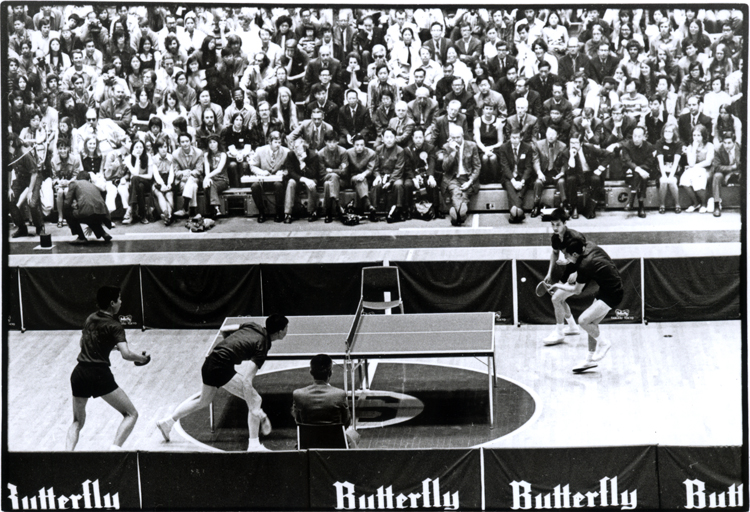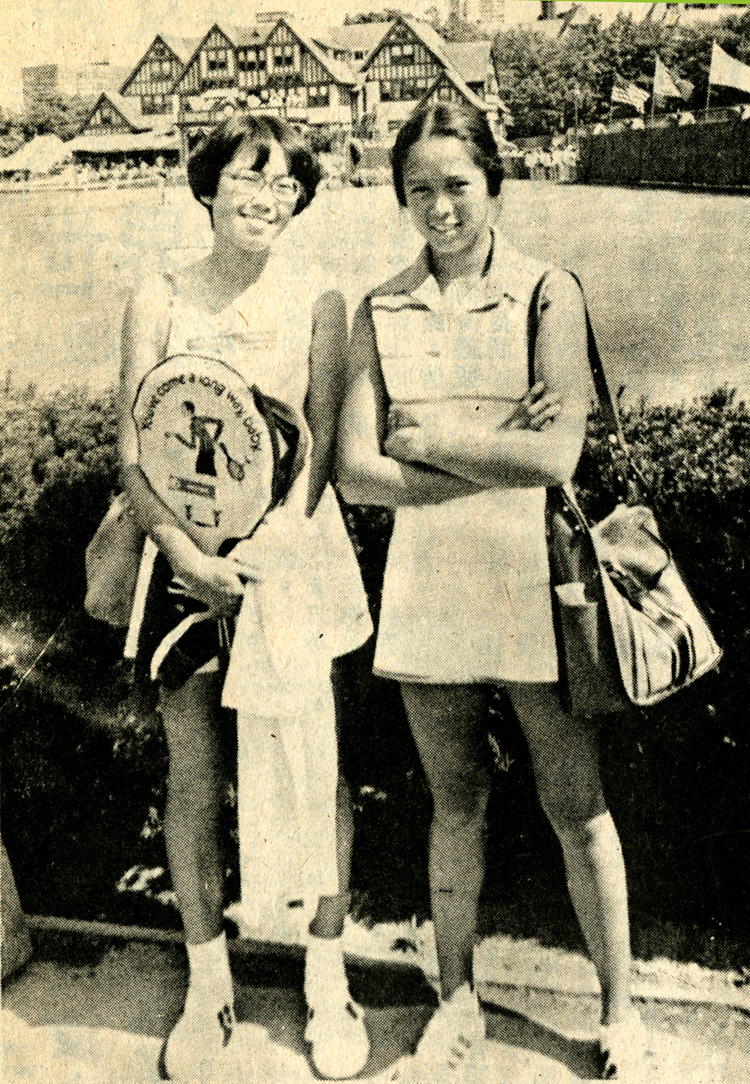Ing Hay (1862-1952), better known as “Doc Hay,” was a Chinese medical practitioner famed in pioneer era Oregon for his knowledge of Eastern medicine. Ing immigrated to the U.S. with his father in 1883, a year after the passing of the Chinese Exclusion Act, and settled in John Day, Oregon. There he met fellow Chinese immigrant Lung On, who became his lifelong friend and business partner. Together they opened the Kam Wah Chung & Company general store, a social hub for the Chinese American community of John Day. Lung sold imported Chinese goods and other merchandise and Ing practiced traditional Chinese medicine, including herbalism and pulsology.
While Ing’s initial patients were mostly Chinese, after clearing up an influenza outbreak in a nearby highway construction crew, he cemented his reputation in the non-Chinese community and patients of all ethnicities traveled from as far as Alaska and Oklahoma to receive treatments for illnesses that baffled other doctors. Ing diagnosed and treated a wide range of ailments – from polio to typhoid fever to infertility – with prescriptions including as many as 60 herbs purchased from San Francisco or Hong Kong.
Jealous non-Chinese doctors accused Ing three times of practicing medicine without a license, but the charges were always dismissed. Ing was a pillar of the community, not only as a doctor but as a senior leader and generous caretaker – Ing took patients until losing his eyesight in 1948 and upon his death, $23,000 in uncashed patients’ checks were discovered in his quarters. Today, the Oregon Parks and Recreation Department maintains the apothecary, now the Kam Wah Chung Heritage Site. In 2018, MOCA mounted an immersive exhibition entitled “On the Shelves of Kam Wah Chung” including medicines, photographs, and patient records from Ing’s apothecary.


